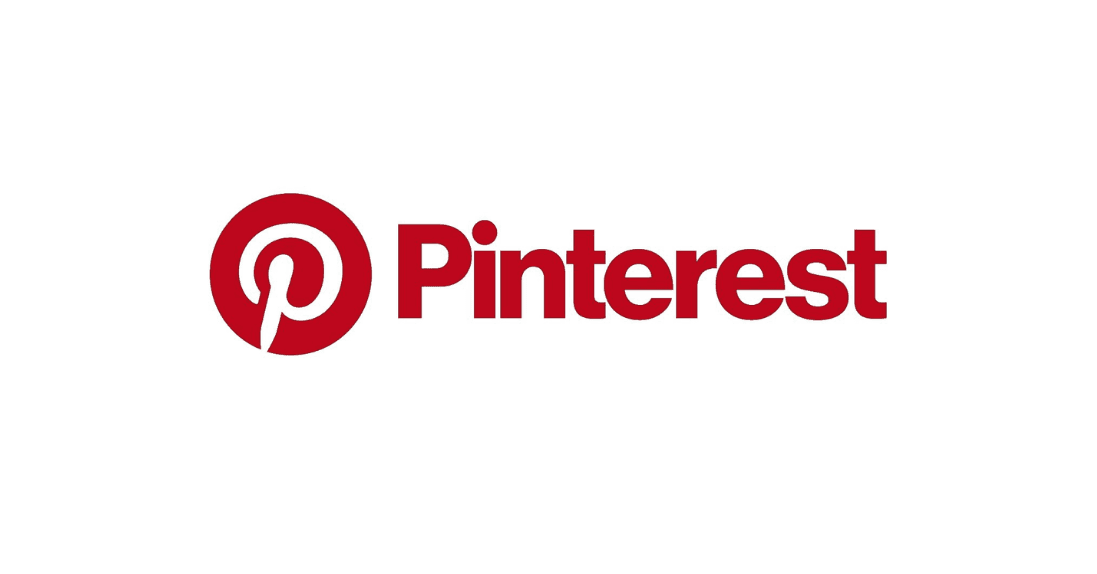Pinterest is a name that almost everyone on the internet has heard, but its true purpose can sometimes be confusing. Some view it as a social media platform, while others argue that it’s more of a visual discovery tool. This debate brings us to an important question: Is Pinterest social media? This article will explore this intriguing topic in depth and reveal the surprising truth behind what Pinterest truly is.
1. What Is Pinterest? An Overview
Pinterest is a visual search engine that helps people to find and save creative ideas. It’s a platform that offers a wide variety of content, ranging from DIY crafts, recipes, home décor, and even travel inspirations. Users can create boards to categorize and save pins (images or videos) that reflect their interests.
But what makes Pinterest unique is the way it blends social elements with the process of visual discovery. This combination makes it challenging to fit neatly into a specific category like “social media” or “search engine.” Let’s dive deeper to understand what sets Pinterest apart.
2. Pinterest vs. Traditional Social Media Platforms
When people think of social media, they often think of platforms like Facebook, Instagram, Twitter, or TikTok. These platforms are typically centered on user interactions, engagement through comments, likes, and conversations. Social networking is the essence of these platforms i.e. best brand ambassador programs on TikTok, allowing people to connect, communicate, and share updates about their lives.
Pinterest, on the other hand, operates a little differently. Instead of focusing on personal connections or sharing life updates, Pinterest centers around ideas and inspiration. Users interact with content more than with other users. The key difference is that Pinterest serves as a source of inspiration rather than a platform to socialize or connect with friends.
3. The Role of Social Interaction on Pinterest
To understand whether Pinterest is social media, we must look at how it incorporates social interaction. Pinterest does allow some social activities, such as:
- Following other users: You can follow people whose content you like, which allows you to see their pins on your feed.
- Saving and sharing pins: You can save pins you like to your boards or share them with others.
- Group boards: Pinterest lets users collaborate by creating group boards where multiple people can add pins.
However, these features are not as socially interactive as the features found on Facebook or Instagram. There’s no direct messaging, status updates, or the kind of back-and-forth conversations you typically see on other social media platforms.
4. Pinterest as a Visual Discovery Tool
While Pinterest has some social features, its primary purpose is to serve as a visual discovery tool. Users often come to Pinterest to search for ideas and inspiration rather than to connect with friends or family. The platform functions much like Pinterest as a search engine, where users type in keywords to find pins that match their interests.
The pins users find are often linked to external websites, allowing Pinterest to act as a gateway to blog posts, product pages, and how-to guides. In many ways, it functions similarly to Google, but with a focus on visuals. Pinterest’s ability to connect users with content beyond the platform makes it more akin to a discovery tool than a social network.
5. Pinterest’s Algorithm: How It Differs from Social Media
Another key difference between Pinterest and traditional social media is its algorithm. Social media platforms like Facebook or Instagram use algorithms that prioritize content based on user engagement. The more you like, comment, or share content, the more similar content you’ll see.
Pinterest, on the other hand, uses an algorithm that prioritizes relevance and quality. It takes into account the keywords you type, the content of pins, and your past behaviors to show you the most relevant pins. Pinterest’s goal is to help users find what they are looking for, much like a search engine does. This focus on content discovery and relevance is a significant distinction from typical social media algorithms.
6. User Intent: What Are People Looking for on Pinterest?
User intent also helps us understand if Pinterest is social media. On platforms like Twitter or Instagram, users often aim to connect with others, keep up with the latest news, or share their experiences. On Pinterest, the primary intent is different—users are looking for ideas.
Pinterest users want to find recipes for dinner, learn how to redecorate their living room, or get inspiration for their next vacation. The platform caters to users with specific goals, which positions it closer to a visual planner than a social media outlet.
7. Pinterest as a Marketing Platform
From a marketing perspective, Pinterest also stands apart from traditional social media platforms. Brands use Facebook or Instagram to build relationships with customers by engaging with them directly. Pinterest, however, is about showcasing products in a visually appealing way to inspire users.
Many businesses use Pinterest as a marketing tool to drive traffic to their websites. By creating visually engaging pins that link to their blogs or product pages, companies can reach users who are actively searching for solutions. This is more about content discovery than direct engagement, again differentiating Pinterest from traditional social media.
8. Pinterest’s Evolving Features: Bridging the Gap?
Pinterest has introduced features like Pinterest Stories and shopping features that might make it seem more like a social platform. With Pinterest Stories, users can create engaging content that disappears after a set period, similar to features on Instagram or Snapchat.
However, even these features are focused more on content inspiration than on social interaction. Pinterest Stories tend to feature ideas, tutorials, or product showcases rather than personal updates, which keeps the emphasis on discovery and inspiration rather than social connection.
9. How Pinterest Defines Itself
Perhaps the most telling answer to the question “Is Pinterest social media?” is how Pinterest defines itself. The company often describes itself as a visual search engine or a platform for inspiration and planning. While it does have social features, its main focus is helping users discover and save creative ideas.
This description aligns more with a search engine or a productivity tool than with a social media platform. Pinterest’s primary goal is not to create social connections but to inspire people and help them achieve their goals.
10. Why Pinterest’s Unique Position Matters
Understanding whether Pinterest is social media is important for both users and marketers. For users, it helps manage expectations—Pinterest isn’t the place for social interactions like you’d find on Facebook. It’s a place to explore, discover, and get inspired.
For marketers, recognizing Pinterest’s unique position can help shape marketing strategies. Pinterest SEO is crucial for visibility, and creating pins with compelling visuals and relevant keywords is more effective than trying to spark social conversations. Knowing this difference can help brands use Pinterest to drive traffic and reach their target audience effectively.
Conclusion: Is Pinterest Social Media?
So, is Pinterest social media? The answer is both yes and no. While Pinterest incorporates some social features, its core purpose is vastly different from that of traditional social media platforms. Pinterest is primarily a visual discovery engine that focuses on helping users find inspiration and ideas. It combines elements of social media, search engines, and productivity tools to create a unique user experience.
Pinterest’s primary focus is not about connecting people socially but about connecting people with ideas. Whether you are a casual user looking for inspiration or a brand aiming to drive traffic to your website, understanding Pinterest’s unique role is key to making the most of the platform. So, while Pinterest may share some features with social media, it truly stands alone as a powerful tool for visual discovery and inspiration.






